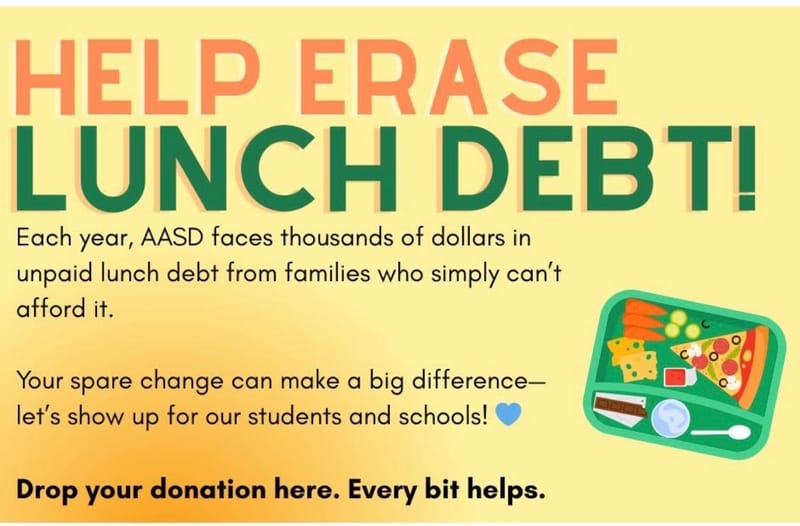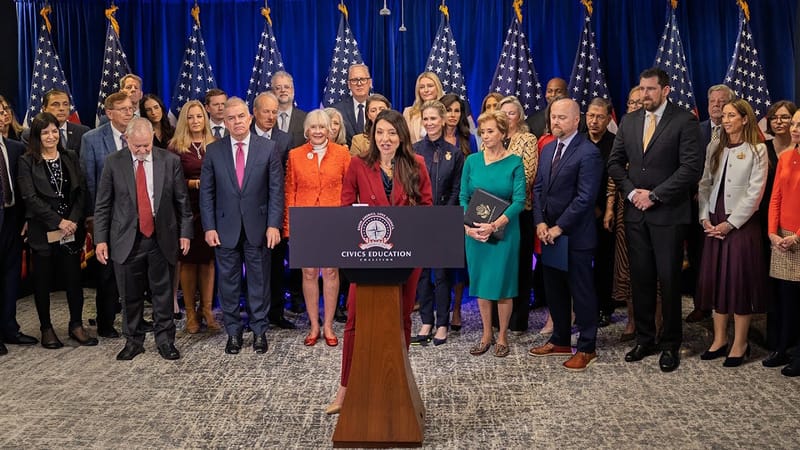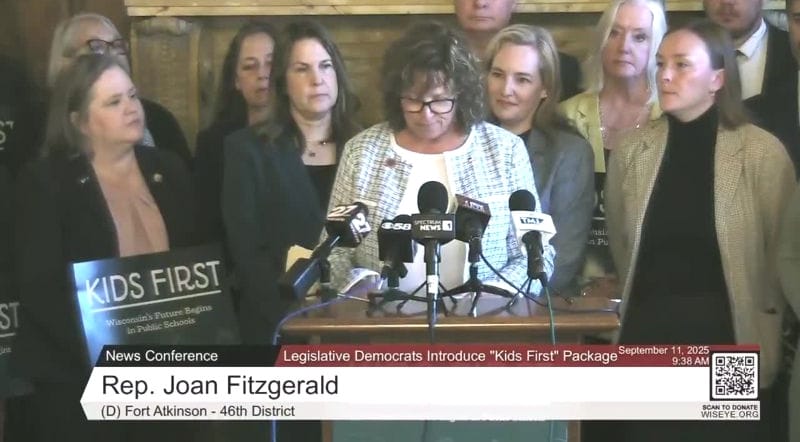Was this really 'the year of the kid? School districts weigh in
School districts throughout the state are voicing concerns about the level of funding in this budget. As a result of zero increase in state aid, 66% of districts will see a cut to state aid in 2025-2026.
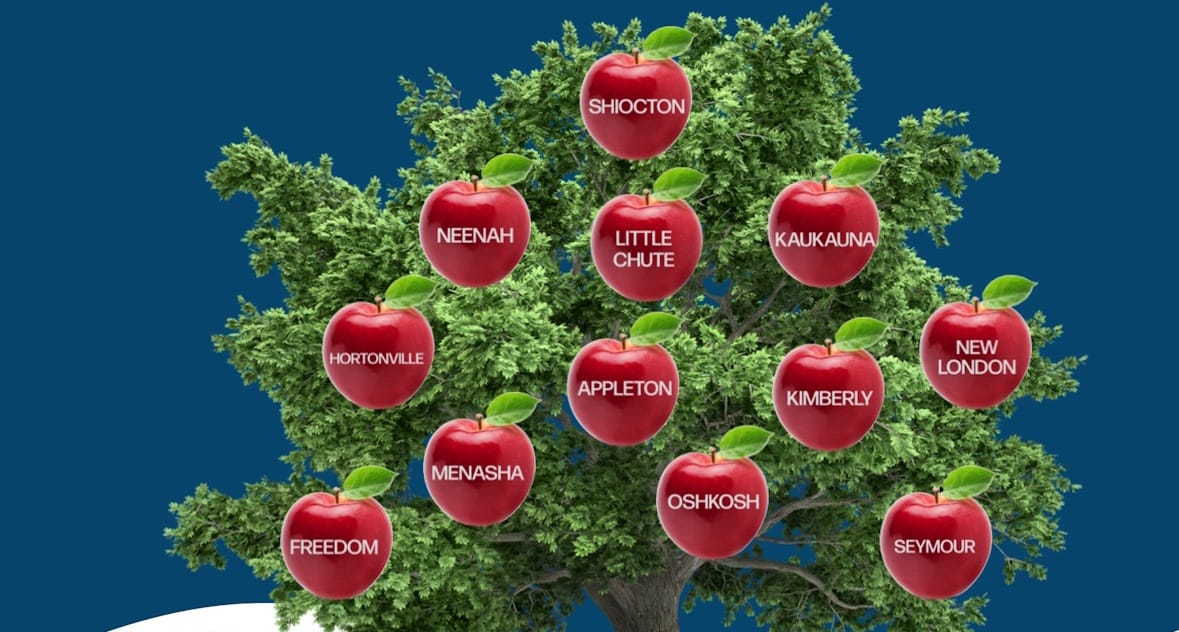
Early on the morning of July 3, Governor Tony Evers signed the 2025-27 Wisconsin Biennial Budget into law, declaring it to be a “bipartisan pro-kid budget” that secured $1.4 billion in spendable revenue for K-12 schools, along with the largest increase to the special education reimbursement rate in state history.
School districts have a different view, given that no new money for public education was actually allocated while voucher schools got an increase. Public education advocates expressed concern that the messaging touting a historic investment in public schools will backfire as the public is faced with higher property taxes and more referenda.
“Who gets the blame for this, with politicians taking a victory lap around a trash can?” said Heather DuBois Bourenane, Executive Director of Wisconsin Public Education Network (WPEN). “(Citizens are) blaming their local boards. They're blaming their superintendents.
"They're mad about the right things, but they're mad at the wrong people. They need to follow the trail of crumbs back to the state house and say we're not clapping for these. We are demanding adequate aid to actually meet the needs of our kids in our districts, and this budget absolutely did not deliver for our kids.”
The state allocated additional funding for special education, increasing the reimbursement rate from 33 to 42 percent in year one and to 45 percent in year two. But because it is ‘sum-certain,’ the amount of money available will not change, even if needs change.
In a recent statement, Green Bay Area Public School District Superintendent Vicki Bayer expressed gratitude that the special education reimbursement rate has been increased. That alone won’t help Green Bay address its funding problems, however, as it faces a deficit of at least $10 million in 2026-2027. The district spends approximately $35 million annually on special education. The reimbursement increase amounts to about $3 million a year.
DuBois Bourenane said, “We did increase special education reimbursement to the highest rate it's been in decades and yet it's still woefully inadequate to meet needs. Wisconsin may get out of last place as the worst state in the nation, but we're still in the bottom tier.”
Of the remainder of the $1.4 billion school funding increase, more than half is the result of the “400-year veto” in the last budget. That budget trick by Gov. Evers allows school districts to increase the revenue limit by $325 per student. But because no state aid was allocated to support the $325, the entire amount would have to be covered directly by local property taxes.
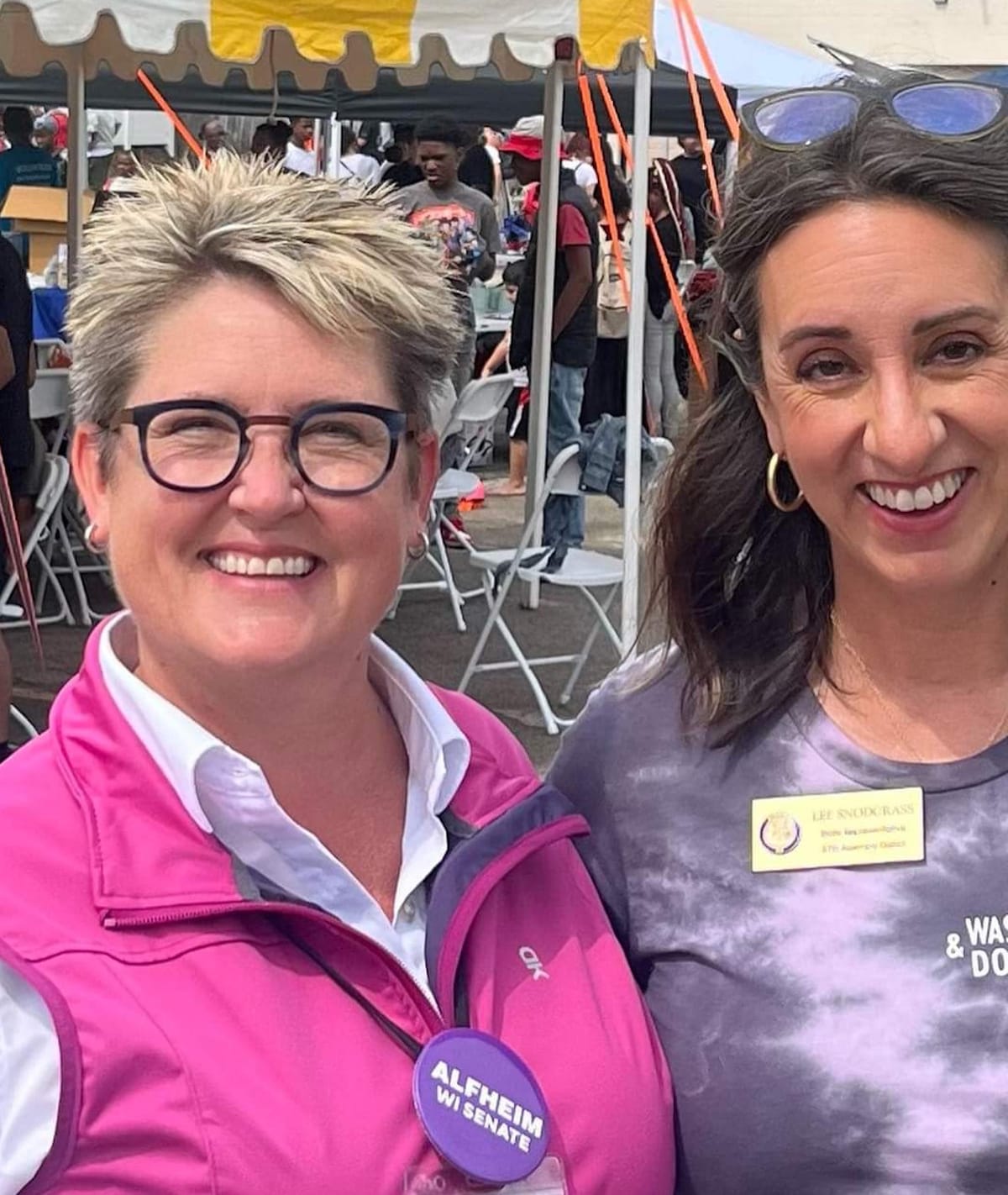
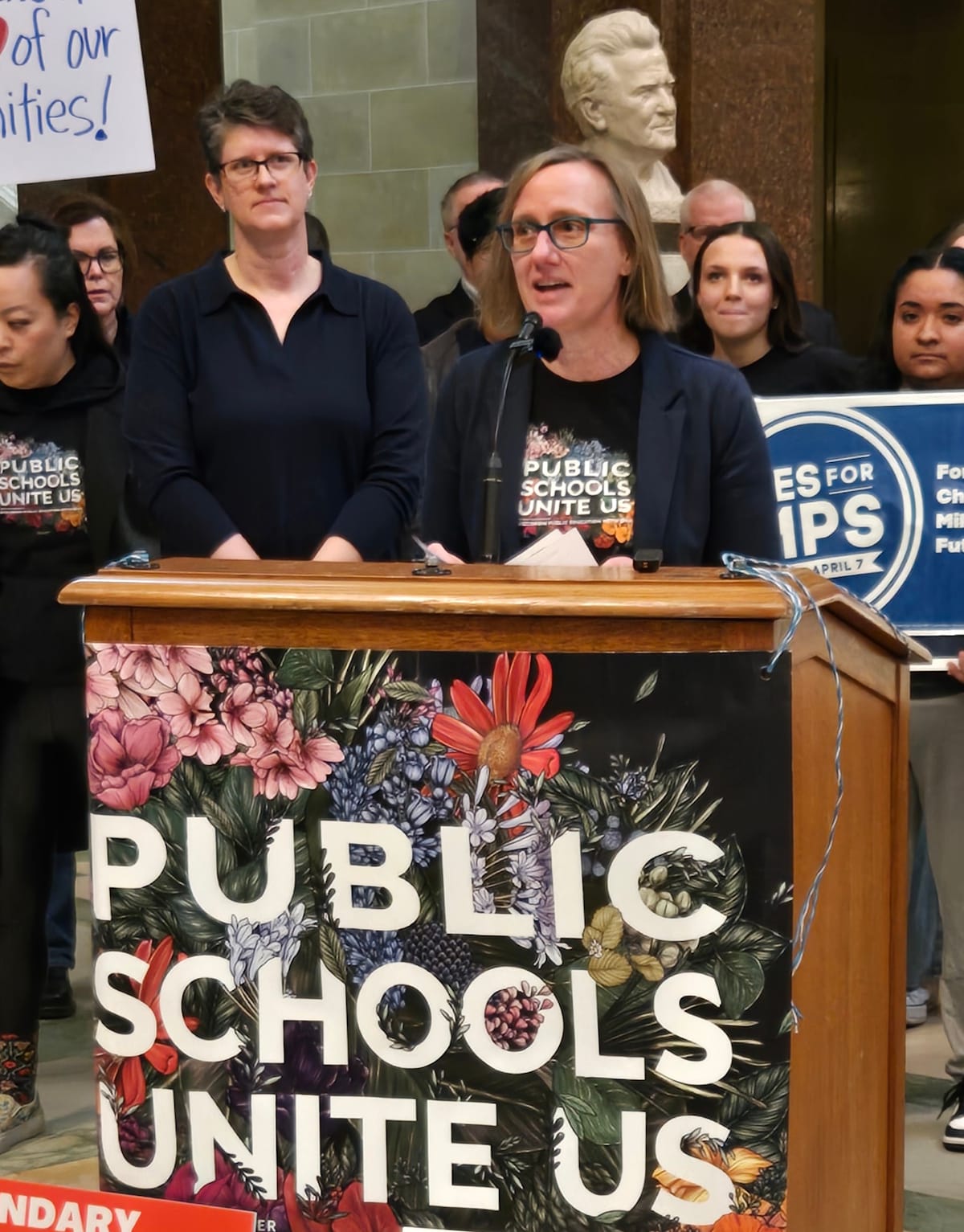
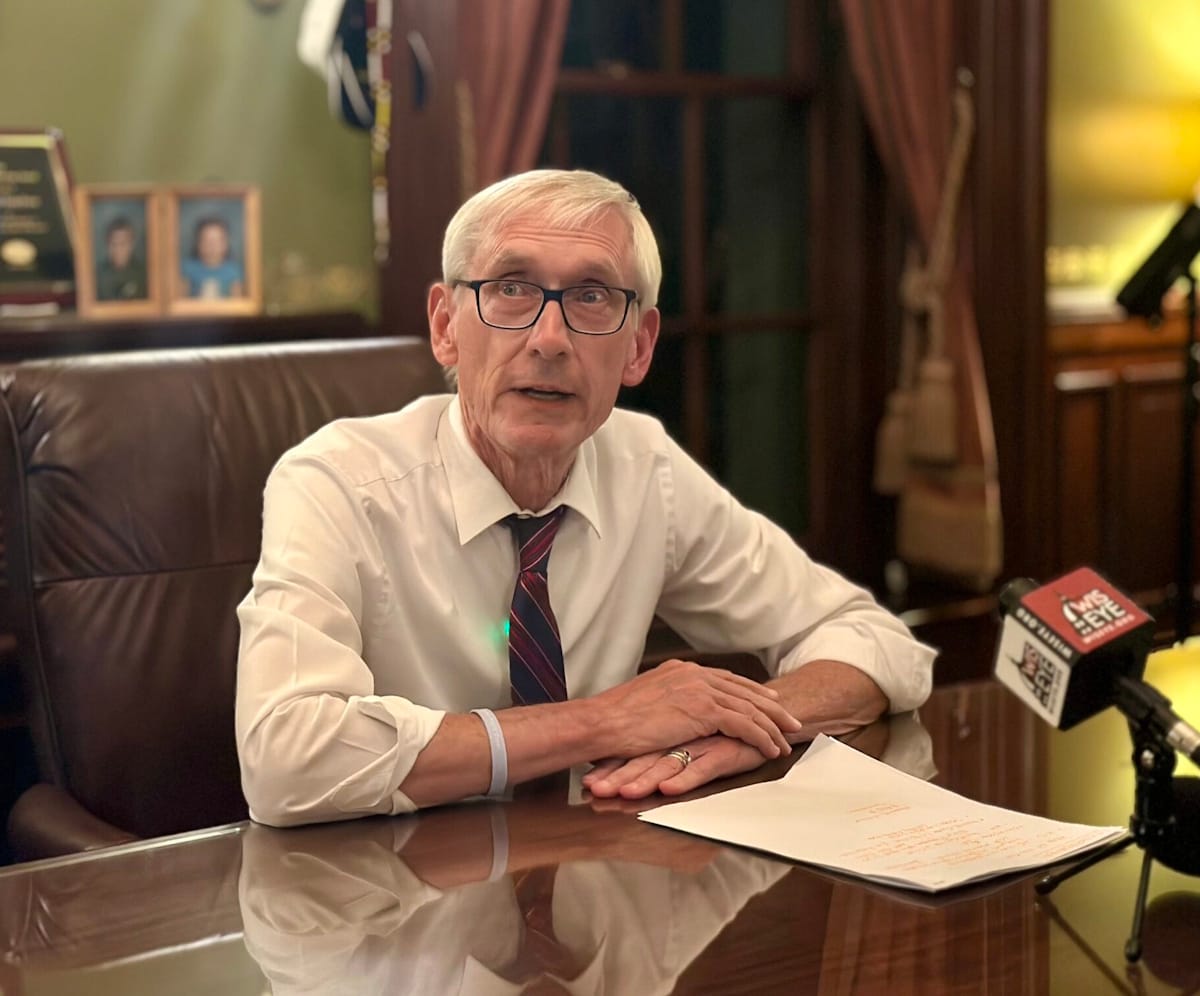
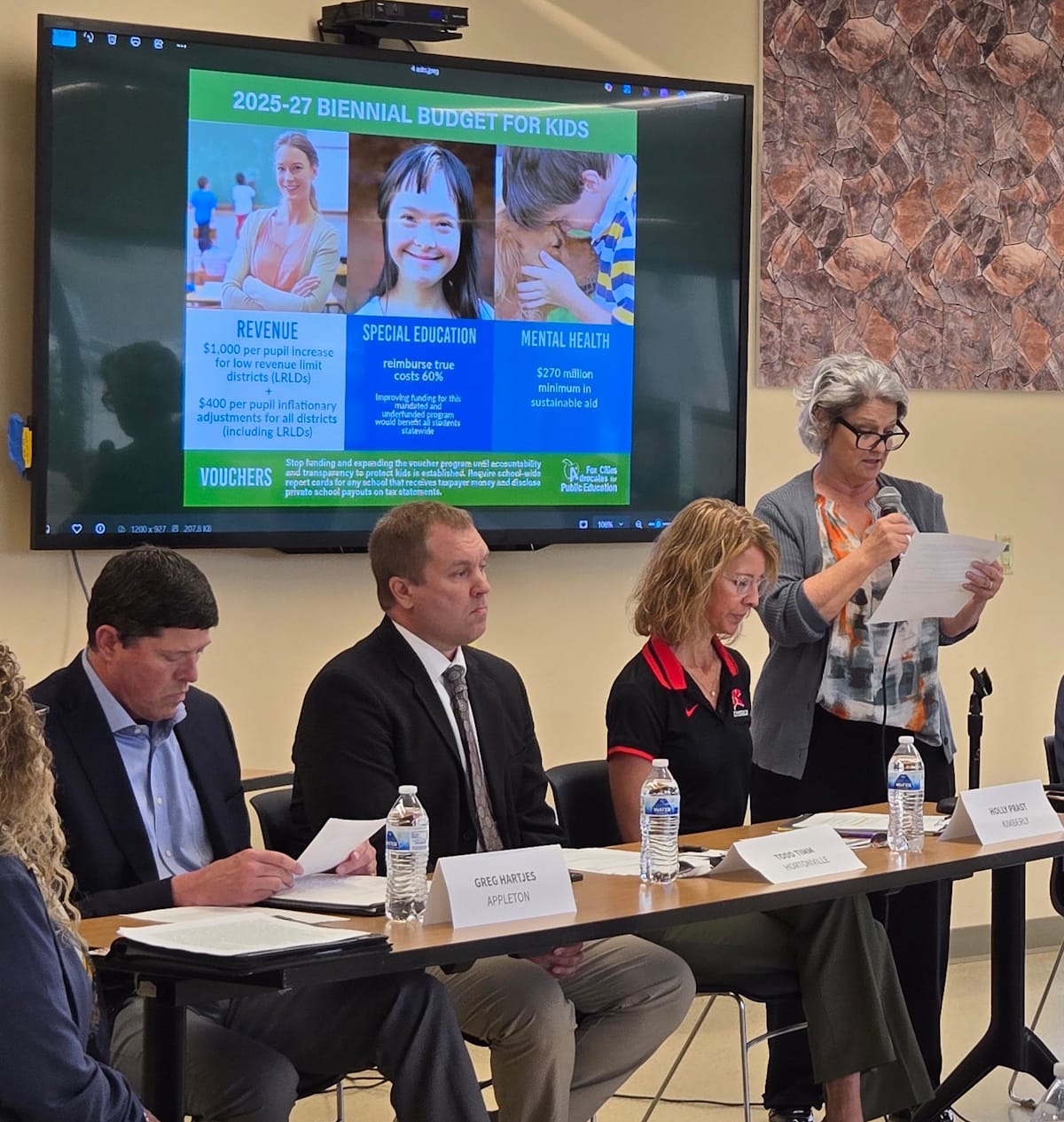
Clockwise from top left: State Sen. Kris Dassler-Alfheim and State Rep. Lee Snodgrass, both of Appleton; Heather DuBois Bourenane speaks at the Capitol recently; At a round table discussion with area school district administrators; Gov. Evers.
School districts throughout the state are voicing concerns about the level of funding in this budget. As a result of zero increase in state aid, 66% of districts will see a cut to state aid in 2025-2026. Those who fare better will not even receive an inflationary increase. Therefore, districts may be forced to levy the $325 – and perhaps even more in order to keep pace with inflation.
Most Fox Valley school districts are low-revenue districts, funded well below the state average of $13,362 per student. For example, the revenue limit per student in the Kimberly Area School District was $11,325 for the 2024-25 school year. The district can increase it by an additional $325 for the upcoming school year if it chooses, but only via local property taxes.
“We’ve never seen a state budget that failed to provide even a penny of new general aid in either year of the biennial budget,” said DuBois Bourenane. “This fall and next fall, kids will be going back to school with $0 in new state aid. And let's keep in mind anything less than inflation is a cut.”
Private school vouchers get a considerable increase
Jackie Nider, with Fox Cities Advocates for Public Education, called it a missed opportunity, given that the state carries a $4.3 billion surplus.
“The two year zero increase in state aid creates an overreliance on property taxes that no one wants,” Nider said. “It was a terrible policy idea when the Joint Finance Committee initiated it and nothing in the negotiations offset the harm. Homeowners should be livid that lawmakers chose political games instead of responsible budget practices. Over 800,000 kids will feel the brunt of their decisions.”
It has now been 18 years since the last state-funded inflationary increase. Without additional state aid, the number of school referendums is expected to increase. All this comes as massive cuts in federal education funding are looming.
While public schools will receive no new general aid, the budget contains a provision guaranteeing an annual increase of nearly $1,400 for private school students in voucher and independent charter schools. The per-pupil payment for a K-8 private school voucher increases to $11,305 in the second year of the budget and to $13,799 for students in grades 9-12.
“Unfortunately, the amount allocated per pupil for private school vouchers is once again more than the amount allocated for public schools,” said Kimberly Superintendent Holly Prast. “Between the funding and the lack of transparency with voucher schools, we continue to be on unequal footing.”
The Wisconsin Constitution requires that only public schools receive state funding.
Local legislators explain their votes
The state budget passed in the Wisconsin Senate 19 to 14 with YES votes from five Democratic senators: Kris Dassler-Alfheim, Diane Hesselbein, Brad Pfaff, Jeff Smith, and Jamie Wall.
“It’s not the budget that I would have written, but it’s a step forward,” said Senator Kristin Dassler-Alfheim (D-Appleton). “Before this session, legislative Democrats didn’t even have a seat at the table, but that’s changed. Senate Democrats fought tooth and nail for the investments this bill makes in childcare, K-12 education, the University of Wisconsin, and local priorities like the Municipal Services Payments program and the renovation of the UW-Oshkosh Polk Learning Commons – investments that Republicans would have left out completely.”
The Assembly voted 59 to 39 to pass the budget, with YES votes from seven Democratic legislators.
“I will acknowledge that the governor and the minority leader in the Senate did a pretty good job of making it a little bit better,” said Representative Lee Snodgrass (D-Appleton). “(But) we have starved public schools for decades, and the crumbs in this budget simply do not begin to make up for the trench that years and years of scarcity budgets have thrown them into. Communities like mine throughout the Fox Cities are looking at either raising property taxes again to cover these costs or gutting school programs and letting go of teachers, or even closing schools. None of this is good for our communities. Underfunding schools is not fiscally responsible.”
Asked if it was better for Governor Evers to sign or to veto this compromise budget, DuBois Bourenane said, “Those were not the only two choices our lawmakers had. They had a third choice, which is, be the grownups you were elected to be, go back to the drawing board and work it out. Create a budget that actually meets our priority needs.”
What comes next?
There is a push for a special session to address the gaps in the budget. Senate and Assembly Democrats are gearing up for the 2026 elections with hopes of taking the majority in the Senate, and maybe the Assembly. Depending on the results of the 2026 election, the next budget may finally provide relief for public schools.




